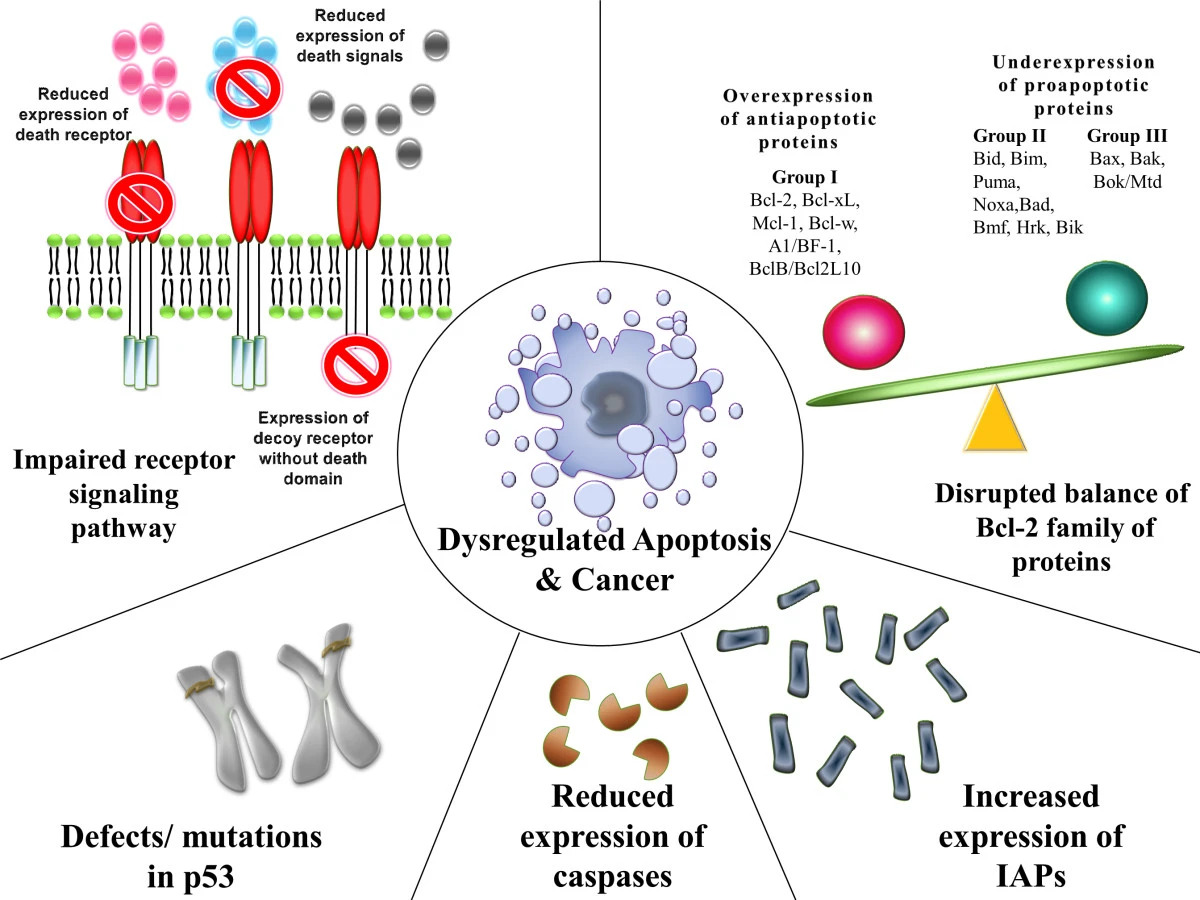Playlist
Show Playlist
Hide Playlist
Paraneoplastic Syndromes – Carcinogenesis
-
Slides Carcinogenesis Basic Principles.pdf
-
Download Lecture Overview
00:01 Our topic now brings us to paraneoplastic syndromes and the different times in which you would expect to see certain syndromes and the associated cancer. Our first paraneoplastic syndrome will be acanthosis nigricans. 00:16 Acanthosis nigricans means thickening of the keratinocyte giving it thus a dark colour. You might find this underneath the armpit or maybe the back of the neck and you should be thinking about maybe pancreatic or gastric adenocarcinoma. 00:31 A topic here, this patient "Hey Doc, wake up in the mornning and I feel a little tired. Takes me a while to get going. 00:44 5, 6 o'clock in the evening I feel great. I wish my work day actually started at 5pm." In this patient, as the day wears on, he or she gets stronger. Not myasthenia gravis, the opposite. This is Eaton-Lambert myasthenic syndrome. 01:06 Associations, small cell lung cancer. With small cell, we will take a look at 3 different associations. 01:12 This is one of them. So what is Eaton-Lambert and what does it do? If you remember correctly from your Immunology, that you would have your immunoglobulin and autoantibodies. That are then attacking instead of acetylcholine receptors, they are attacking the calcium channels. Now I need you to picture this. Picture neuromuscular junction. Are you picturing it? Neuromuscular junction. Normally you would release what from the pre-synaptic terminal. Acetylcholine. What does it then bind to the post-synaptic terminal? Acetylcholine receptors. No problem there. What caused the fusion of your vesicle to the membrane in the pre-synaptic terminal. A trigger would be voltage gated calcium channels. Voltage gated calcium channels. These are the channels that are then being attacked by auto antibodies. So if the voltage gated calcium channels are dead, the patient wakes up in the morning, does'nt feel that great. Dr. Raj but how are your patient getting better? How is your patient getting stronger? The body will find a way. 02:18 The body will find a way in which it releases acetylcholine from the neuromuscular junction or from the pre-synaptic terminal. 02:23 You have any problem with your receptors in Eaton-Lambert? So therefore your patient is then going to present with? well you will have your end plate potential then have action potential and then down it goes to the T-tubules, skeletal muscles and contraction. Right. Small cell lung cancer's paraneoplastic syndrome. Hypertrophic osteoarthropathy. 02:47 What does it look like? Take a look at the fingers here. Those fingers are clubbed. It looks like it's clubbed. But this is the bone underneath the nail that is undergoing hypertrophy. Your differential, bronchogenic carcinoma. Hypertrophic osteoarthropathy. 03:05 Why? We don't know exactly. Then you have NBTE. Stands for non bacterial thrombotic endocarditis. And for this you should be thinking about mucous secreting cancers and these include examples such as pancreatic and colorectal cancer. 03:21 Where are you by the way? Endocarditis. Most likely on the valves of your heart. Non bacterial, sterile. Think about where you are and know it's interesting associations. Seborrheic keratosis. The picture here on the right that you are seing, and know it's interesting associations. Seborrheic keratosis. The picture here on the right that you are seing, the first picture will be that of your Leser-Trelat sign. This to you should also indicate adenocarcinoma, and usually it will be the diffuse type in which the E-cadherin will be negative. Another name for Leser-Trelet is called seborrheic keratosis. And on your boards, do not confuse this with, good, actinic keratosis. One has nothing to do with the other. 04:04 The picture here on the right is a seborrheic keratosis or brown scaly spot on the skin commonly found anywhere on the body. 04:12 Although seborrheic keratosis are a benign skin finding in many people, an abrupt development of multiple seborrheic keratosis can be a cutaneous neoplastic indicator of internal malignancy. 04:23 This is called the Leser-Trelat sign. 04:26 It's a fairly rare pair neoplastic syndrome, but it's been associated with GI adenocarcinoma. 04:31 The path of physiology, of the sign of lesser Chilla Syndrome is unknown, but it's suspected to be related to the release of cytokines and epidermal growth factors from the neoplasm. 04:41 The last pair in Neoplastic syndrome we're going to discuss is a cutaneous finding called necrolytic migratory erythema. 04:48 This is a transient weeping exhibit, this rash that is seen in about 70% of patients with glucagon secreting pancreatic islet cell tumors or glucagon comas. 04:58 The rash primarily occurs around the mouth or genitals and includes inflammatory, scaly plaques with an appearance similar to eczema or psoriasis. 05:06 In summary, paraneoplastic syndromes are due to chemical signaling molecules produced by tumor cells or by an immune response against the tumor. 05:15 They can manifest with cutaneous findings. 05:17 Neurologic syndromes, hypercalcemia endocrinopathies or hematologic abnormalities.
About the Lecture
The lecture Paraneoplastic Syndromes – Carcinogenesis by Carlo Raj, MD is from the course Cellular Pathology: Basic Principles with Carlo Raj.
Included Quiz Questions
Which of the following should be screened for in a patient with dark, hyperkeratotic skin in the axillae and back of the neck?
- Stomach cancer
- Small cell carcinoma of the lung
- Pancreatic carcinoma
- Bronchogenic carcinoma
- Colorectal carcinoma
What does the Eaton-Lambert syndrome involve?
- Auto-antibodies to calcium channels
- Overproduction of clotting factors
- Hyperkeratosis
- Increased deposition of bone at distal phalanges
- Endocarditis
Which of the following should be screened for in a patient presenting with endocarditis without signs of infection?
- Mucus-secreting pancreatic carcinoma
- Stomach cancer
- Bronchogenic carcinoma
- Small cell carcinoma of the lung
- Hereditary colorectal carcinoma
Customer reviews
5,0 of 5 stars
| 5 Stars |
|
5 |
| 4 Stars |
|
0 |
| 3 Stars |
|
0 |
| 2 Stars |
|
0 |
| 1 Star |
|
0 |





